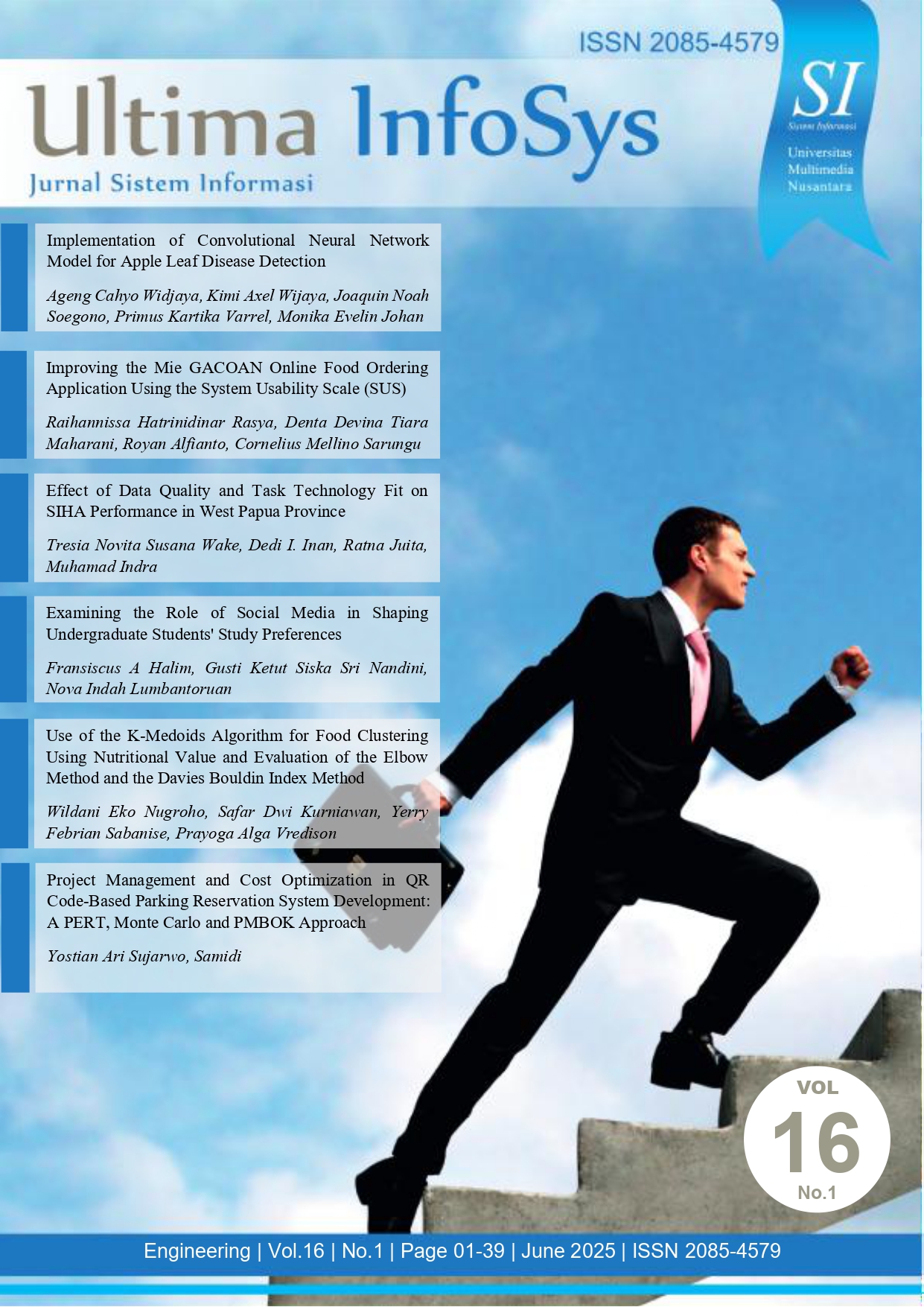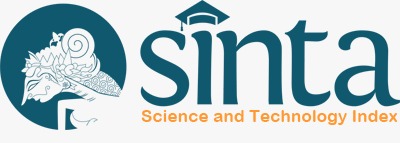Use of the K-Medoids Algorithm for Food Clustering Using Nutritional Value and Evaluation of the Elbow Method and the Davies Bouldin Index Method
DOI:
https://doi.org/10.31937/si.v16i1.4226Abstract
The six categories of necessary nutrients water, minerals, vitamins, carbs, proteins, and fats must be present in the food that people eat on a daily basis. Humans require nutrition since it will enable them to do everyday duties and maintain their health. The pupose of this study is to classify foods with comparable nutritional values. Foods with high, medium, and low nutritional levels are grouped into three clusters. This study applies the K-Medoids algorithm optimization to the clustering approach. The study’s clustering results can be utilized to choose and consume foods that will meet nutritional needs and help delay the onset of food related disorders. For instance, if you wish to gain weight, you can choose foods in cluster 0. Cluster 2 foods can be picked if you wish to diet or lose weight, while Cluster 1 meals can serve as a benchmark if taken in excess, as this can lead to obesity.
Downloads
Downloads
Published
How to Cite
Issue
Section
License
Copyright (c) 2025 Wildani Eko Nugroho, Wildani

This work is licensed under a Creative Commons Attribution-ShareAlike 4.0 International License.
Authors retain copyright and grant the journal right of first publication with the work simultaneously licensed under a Creative Commons Attribution-ShareAlike International License (CC-BY-SA 4.0) that allows others to share the work with an acknowledgement of the work's authorship and initial publication in this journal.
Authors are able to enter into separate, additional contractual arrangements for the non-exclusive distribution of the journal's published version of the work (e.g., post it to an institutional repository or publish it in a book), with an acknowledgement of its initial publication in this journal.
Copyright without Restrictions
The journal allows the author(s) to hold the copyright without restrictions and will retain publishing rights without restrictions.
The submitted papers are assumed to contain no proprietary material unprotected by patent or patent application; responsibility for technical content and for protection of proprietary material rests solely with the author(s) and their organizations and is not the responsibility of the ULTIMA InfoSys or its Editorial Staff. The main (first/corresponding) author is responsible for ensuring that the article has been seen and approved by all the other authors. It is the responsibility of the author to obtain all necessary copyright release permissions for the use of any copyrighted materials in the manuscript prior to the submission.















